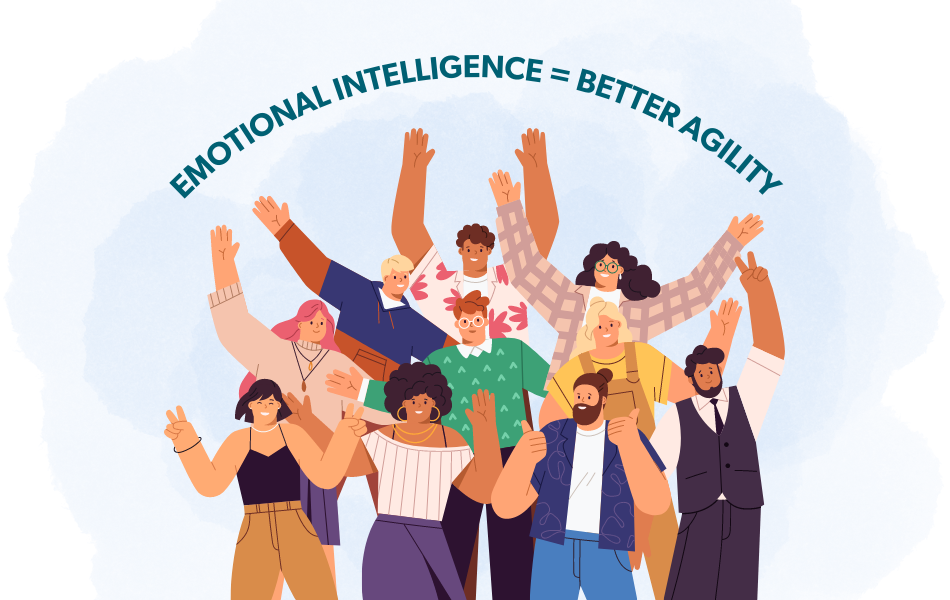


They conclude that we are reaching a tipping point that may presage the end of the telephone as the main channel for service interactions-and that managers therefore have an opportunity to rebuild their service organizations and put reducing customer effort firmly at the core, where it belongs. And they make available to readers a related diagnostic tool, the Customer Effort Audit. The authors also introduce the Customer Effort Score and show that it is a better predictor of loyalty than customer satisfaction measures or the Net Promoter Score. The Corporate Executive Board’s Dixon and colleagues describe five loyalty-building tactics that every company should adopt: Reduce the need for repeat calls by anticipating and dealing with related downstream issues arm reps to address the emotional side of customer interactions minimize the need for customers to switch service channels elicit and use feedback from disgruntled or struggling customers and focus on problem solving, not speed. But a study of more than 75,000 people interacting with contact-center representatives or using self-service channels found that over-the-top efforts make little difference: All customers really want is a simple, quick solution to their problem. doi:10.1111/jopy.The notion that companies must go above and beyond in their customer service activities is so entrenched that managers rarely examine it. Mate preference priorities in the East and West: A cross‐cultural test of the mate preference priority model. Thomas AG, Jonason PK, Blackburn JD, et al. It’s good to be good: 2011 fifth annual scientific report on health, happiness and helping others. Giving to others and the association between stress and mortality. Poulin MJ, Brown SL, Dillard AJ, Smith DM. Prosocial modeling: A meta-analytic review and synthesis. Jung H, Seo E, Han E, Henderson MD, Patall EA. Differential pattern of functional brain plasticity after compassion and empathy training. Klimecki OM, Leiberg S, Ricard M, Singer T. Investigating the genetic basis of altruism: The role of the COMT Val158Met polymorphism. Reuter M, Frenzel C, Walter NT, Markett S, Montag C. Examining charitable giving in real-world online donations. Rethinking natural altruism: Simple reciprocal interactions trigger children's benevolence. Or, consider performing at least one act of kindness a day, and take some time to reflect on it.Ĭortes Barragan R, Dweck CS. For example, think about the altruistic acts you've performed, how they might have helped someone, and how you might repeat them going forward. Make it a habit: Try to keep kindness in the forefront of your thoughts.Fix a meal for someone in need, help a friend with a chore, donate during a blood drive, or spend some time volunteering for a local organization. Look around you for people who may need help, or look for ways that you can volunteer in your community. Set a goal: Find ways that you can regularly perform random acts of kindness for others.Consider how you would feel in that situation, and think about things that you can do to help make a difference. Practice empathy: Rather than distancing yourself from others, practice empathy by building connections and putting a human face on the problems you see.Seeing others work to actively improve the lives of individuals and communities can inspire you to act altruistically in your own life. Find inspiration: Look to inspirational people who engage in altruistic acts.


 0 kommentar(er)
0 kommentar(er)
